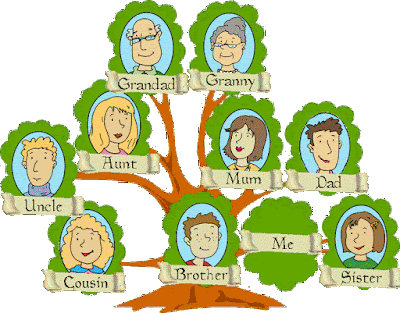The english gramar like the other language are composed for time verbal to indicate the just moment that the person do some action, it’s commonly called past, present, future time. These time are divide bye “complex levels” simple present, simple past, continous present, past continous, perfect present, past perfect, present perfect continous, future.
The basic level of all is the simple present, it’s very practical when you’re beginning the english language. It’s function is express a action without specify the just moment when you do the action. It’s only tell a sentence with subject, verb (it must be conjugated in connection to the pronoun if have verb to be, and add s if is third person if is not verb to be), complement. Obviously all these sentence follow a structure in connection to context or situation that people is, sometimes some people need say just as it happened, other peoples need deny a action, or sentence, and other people need say a question for got an answers.
There is two way to carry out the simple present, with th verb to be or without verb tobe. All these with three form( affirmative, negative, and interrogative)
The structure with te verbs to be is following:
Subject – verb to be- complement
The forms are following:
Affirmative form: Subject – verb to be- complement
Negative form: subject- verb to be+ not- complement
Interrogative form: verb to be- subject- complement
The structure without verb tobe is following:
Subject- verb(+s if is thirs person)- complement
The forms are following:
Affirmative form: Subject- verb(+s if is third person)- complement
Subject- irregular verb(change in third person)- complement
Negative form: subject- (don’t/doesn’t)+verb - complement
Interrogative form: (do/does) subject-verb- complement
Examples
To be verb:
I am jesus (affirmative)
The book is on the chair (affirmative)
He is not in usa (negative)
They are not good student (negative)
Are you in your job? Yes, i am (interrogative with short answer)
Is she a doctor? no, she isn’t (interrogative with short answer)
Other verb:
He Works in a bookstore (affirmative in third person)
She walks to the school (affirmative in third person)
My father has a car (affirmative with irregular verb)
You have a big truck (affirmative with irregular verb)
I don’t work near here (negative)
He doesn’t live with you parents (negative in third person)
Do you get up early? Yes, i do (interrogative with short answer)
Does he eat lunch at noon? No, he doesn’t (interrogative with short answer)
special situation grammar: third person.
ending verb with: SH, SS, CH, O, X, Z) you add ''ES''
but
if verb ending with ''Y'', there are tow form:
1. if the previous word is consonant, you have to replace ''Y'' by ''I'' and you add ''ES''.
2. if the previous word is vocal, you have to add only ''S''



